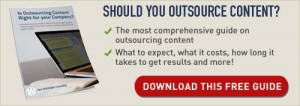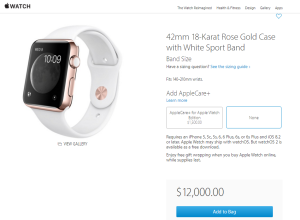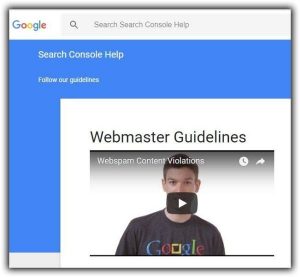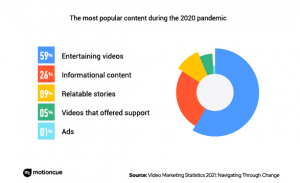by Ari Rosenberg, Featured Contributor, January 5, 2017
It’s a new year, and the Interactive Advertising Bureau is churning out the same old BS: “Digital Ad Market Soars 20% in Q3, Approaches $18 Billion”
Same old disconnected from reality quotes, too: “The momentum of advertising in mobile, digital video, and other innovative formats is undeniable,” said David Doty, EVP and CMO, IAB, in a prepared statement. “These record setting third quarter revenue figures reflect marketers’ trust in the Internet’s power to connect with today’s audiences.”
Here is a quote for you, David. It’s from my father-in-law, a 77-year-old immigrant from Hungary blessed with both brilliance and a constant thirst for knowledge.
Sitting quietly at his kitchen table in Cincinnati during our holiday visit, he was surfing the Web as he often does to quench his thirst, when a video ad started blaring out of his speakers. He looked up at me and said in his unmistakable Hungarian accent, “Why da heck does it do that and the other nonsense too, when I am trying to read?”
His question was in earnest. He really wanted to understand how displaying these types of ads that so obviously annoy site visitors, was actually a strategy.
I didn’t offer up much in the way of an explanation. Instead, I downloaded Adblock Plus onto his computer.
He looked at me, smiled and said, “Really, no more of doze ads — no kidding?”
Is that the connection you are referring to, David, when you point out Internet advertising’s “power to connect with today’s audiences”?
As for this reported soaring $18 billion Q3 number, the wind beneath its wings is search, which we know will likely account for 50% of this total (display and mobile combined) when the detailed report is released.
Nothing the IAB has ever published in the way of guidelines, best practices and standards has had anything to do with search advertising. Search isn’t even a subject choice on the IAB Web site drop-down menus. Nevertheless, the IAB uses search revenue to pad its industry stats like a quarterback who throws for 400 yards in a loss.
We also know, based on previous detailed reports, the Top 10 ad sales companies will likely take 75% of this soaring $18 billion. Which means Google and Facebook, along with eight other social and/or portal-like platforms breathing in their fumes, will combine to take $13.5 billion.
Then the 11th through 25th-ranked publishers will grab 9%, or $1.6 billion of this $18 billion. That leaves $2.9 billion ad dollars left for 99% of the publishers in the industry the IAB is meant to serve.
FYI, IAB, magazine ad spending — which no one would accuse of soaring — was likely north of $4 billion in Q3.
The most troubling number however, is that this 9% figure earned by publishers ranked 11-25 is down 2% from a year ago, according to a previous IAB detailed report (Q4 ‘15), or down by 1%, as reported in Q2 ‘16. Let’s split the difference and call it minus 1.5%. So in the full year of 2016, it is more than likely that more than $1 billion ad dollars vanished from this group of elite premium publishers.
Which leads me to three questions:
1. How has the IAB helped premium Web publishing?
The association carts out programmatic as a go-to solution — but when you strip out private marketplaces, programmatic is just the shitty ad network business all over again.
2. How has the IAB showed it cares about the audiences premium publishers must nurture to stay in business?
It hasn’t. If it cared at all, the IAB could prevent the consumer experience everyone’s father-in-law endures from occurring, by publishing firmer standards in its re-released 2016 Digital Video In-stream Ad Format Guidelines.
The IAB could have said, “All video ads must be explicitly user-initiated — which means clicking on the play button, period, even when you land on a Web page that contains a video.” Instead it makes zero mention of user-initiated anything, and actually states, “Linear video ads are typically in-video format that interrupt streaming video content.”
The IAB actually uses the word “interrupt” in its best practices and guidelines.
And lastly, how do premium publishers justify their membership fees to an organization that doesn’t care about their problems, their audience, and just lost them $1 billion?
MediaPost.com: Search Marketing Daily
(60)
Report Post








